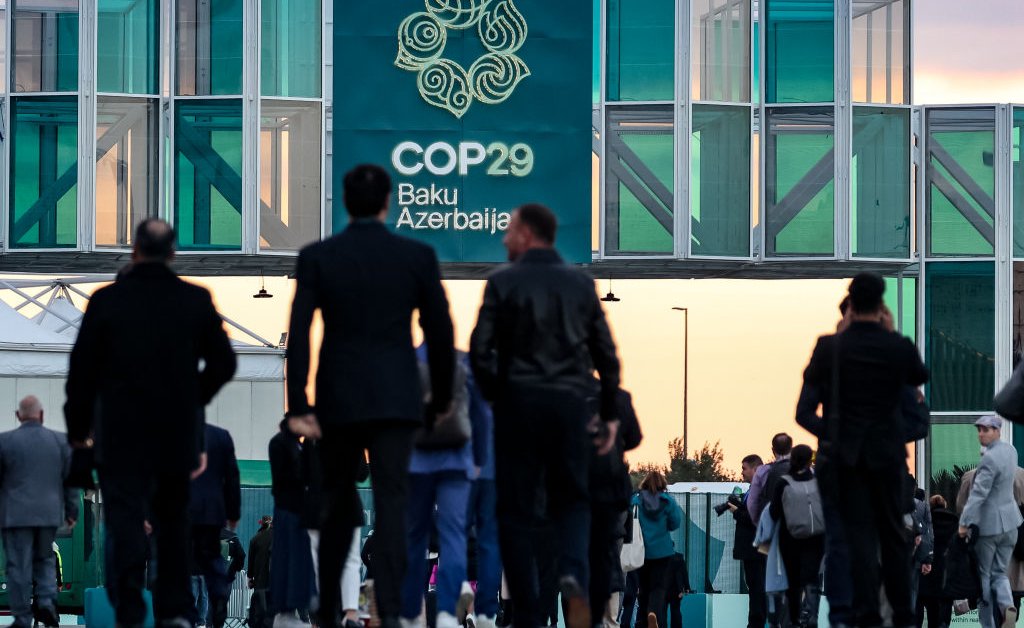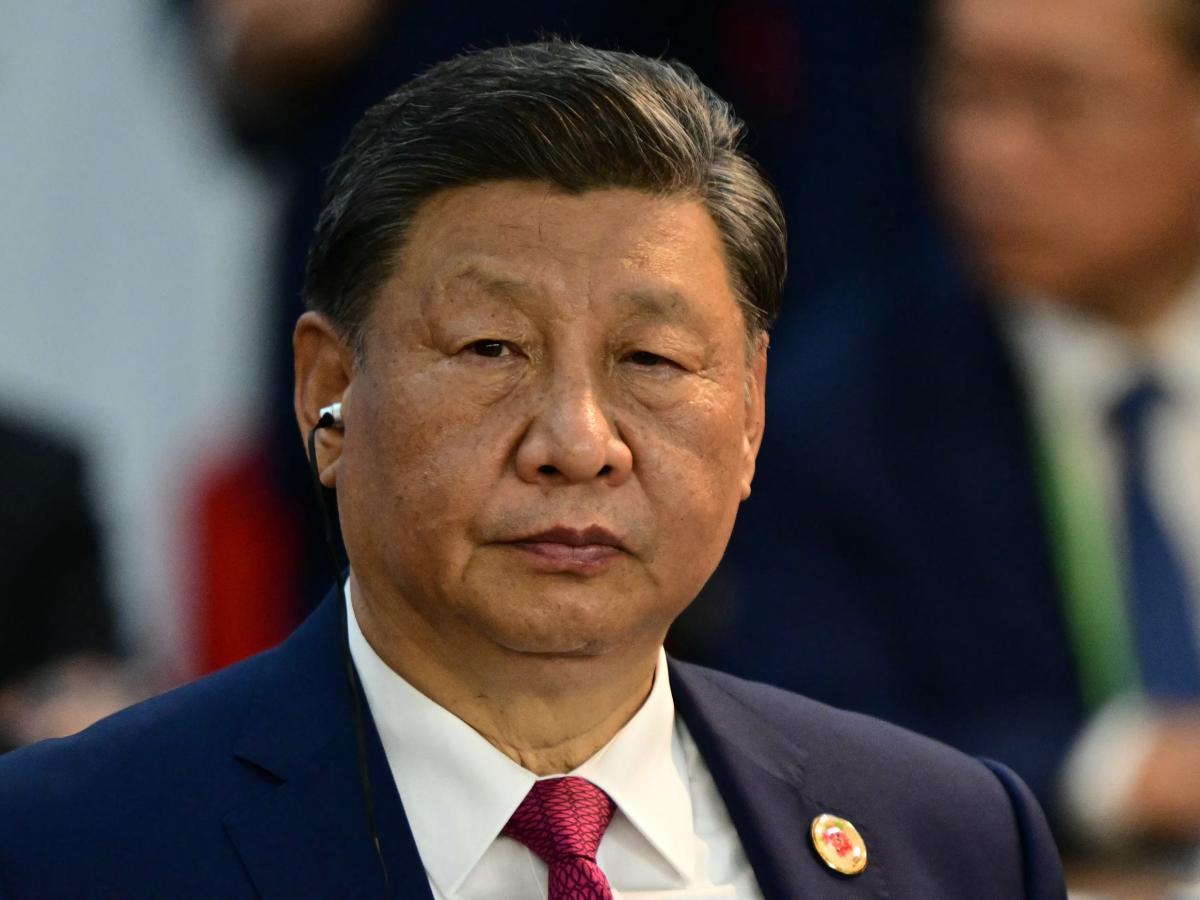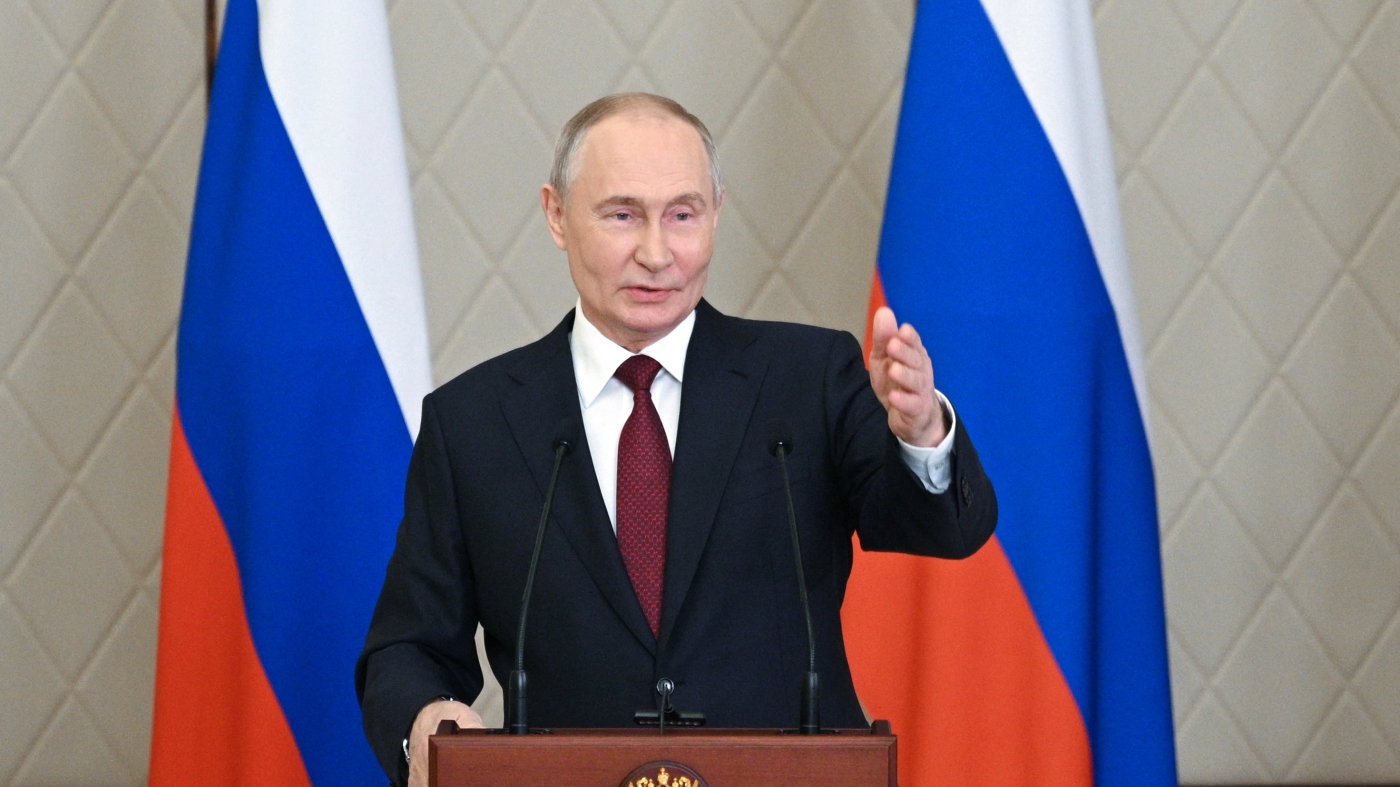The United Nations climate conference, now in its final days in Baku, has exacerbated longstanding tensions between countries on the path to decarbonize the global economy. The role of fossil fuels, the financial obligations of wealthier countries, and geopolitical tensions have all contributed to a well-founded fear that this year’s talks—known as COP29—could collapse.
These hiccups are just the beginning. A COP29 delegate who blinked amid the chaos of this year’s talks might have missed the emerging vector for international climate collaboration and conflict: the linkage of climate and trade policy. In Baku, a dispute over tariff-like policies that target carbon tripped up negotiators before the conference officially started—and the rapidly evolving trade-climate nexus has hung over the talks ever since. With U.S. President-elect Donald Trump poised to take a hammer to the status quo, trade policy is destined to play an even larger role in climate discussions in the years to come.
These issues are so controversial that many in the international climate policy world are quick to sweep them under the rug lest discussing them disrupts progress in other areas. But such an approach is short sighted: the climate-trade nexus is an important part of the future of climate action. “There has to be a discussion of the rules, eventually, that will address how countries engage in trade, and its impact on climate,” Pamela Coke-Hamilton, a trade attorney who serves as the head of the International Trade Centre, told me at the summit. “Hiding from it is not going to resolve anything.”
For the first few decades of international climate policy discussions, trade policy lingered in the background. Many scholars suggested that penalizing imports for their carbon emissions could serve as an effective emissions reduction tool, but policymakers preferred to pursue a more cooperative approach.
But, as climate policies diverged, linking emissions and trade policy became a bigger priority. Countries spending big to cut carbon—namely in the European Union—wanted to level the playing field as some of their trading partners dragged their feet. And so during the first Trump Administration the E.U. said it would move forward with a carbon fee charged on imports. The policy is currently in an implementation phase, and other jurisdictions are considering how they can follow. The United Kingdom, Australia, and Canada all have similar policies in the works.
Unsurprisingly, countries that export to these markets aren’t happy. In agenda-setting discussions ahead of the start of COP29, a group of the largest emerging market countries threatened to delay the opening of the talks if trade issues weren’t placed on the official agenda. “Such measures increase the cost of worldwide climate action [and] hinder the efforts of developing countries to advance their climate commitments,” China said in a statement to the COP leaders submitted on behalf of Brazil, South Africa, and India. There are elements of truth to this statement given that carbon tariffs inevitably raise costs and hit industry in developing economies, but how these dynamics would play out is hard to predict.
In the end, the group relented and allowed the issue to get kicked down the road. But, no matter what happens in the coming months, any observer should expect these issues to come up again, particularly as Brazil hosts next year’s U.N. climate talks.
One of the biggest questions that will play out post-COP29 is what will happen in the U.S. While the U.S. has not put a price on carbon emissions like its other developed economy counterparts, the country’s patchwork of environmental regulations means that many of its products have a relatively low carbon content. In the view of some climate advocates, that reality creates an opening for policymakers to penalize imports from elsewhere with higher emissions. Democrats and Republicans alike have crafted legislation to enact a carbon border fee. And in April the Biden Administration announced a working group that would consider how such a policy might work. Most interestingly, Trump’s reported appointee to run trade policy—Bob Lighthizer—has said he supports the U.S. pursuing such an approach.
Supporters of linking climate and trade policy see an opportunity. “I think that there’s a very real prospect for something emerging,” said Sheldon Whitehouse, a Democratic senator from Rhode Island, in Baku. Whitehouse cited a working group on Capitol Hill that is seeking bipartisan common ground on the issue.
There are many reasons to be skeptical that the future Trump Administration would actually pursue such an approach. Trump, of course, loves restrictive trade measures, but he hasn’t talked about a carbon-oriented tariff, instead promising to enact a blanket tariff on all imports—with higher rates for China. And there’s no reason to think his love of tariffs will be enough to overcome his rejection of all things climate related.
Will the linkage of climate and trade actually help cut global emissions? The experts say it depends on how these policies are implemented. If done right, they can level the playing field, ensuring that global companies pay the cost of their emissions no matter the jurisdiction. But, if done wrong, loopholes can result in fractured global trade without fully realizing the benefits. The biggest concern for many is that the U.S. might impose a carbon tariff on imports without actually enacting a domestic carbon price, potentially giving some American firms a pass on paying the cost of their emissions.
In any event, as the climate world is filled with uncertainty in the second iteration of the Trump Administration, the conversation is a reminder that the economic changes unleashed by the energy transition are moving—and perhaps with trade playing a more significant role than we would have expected a decade ago.


